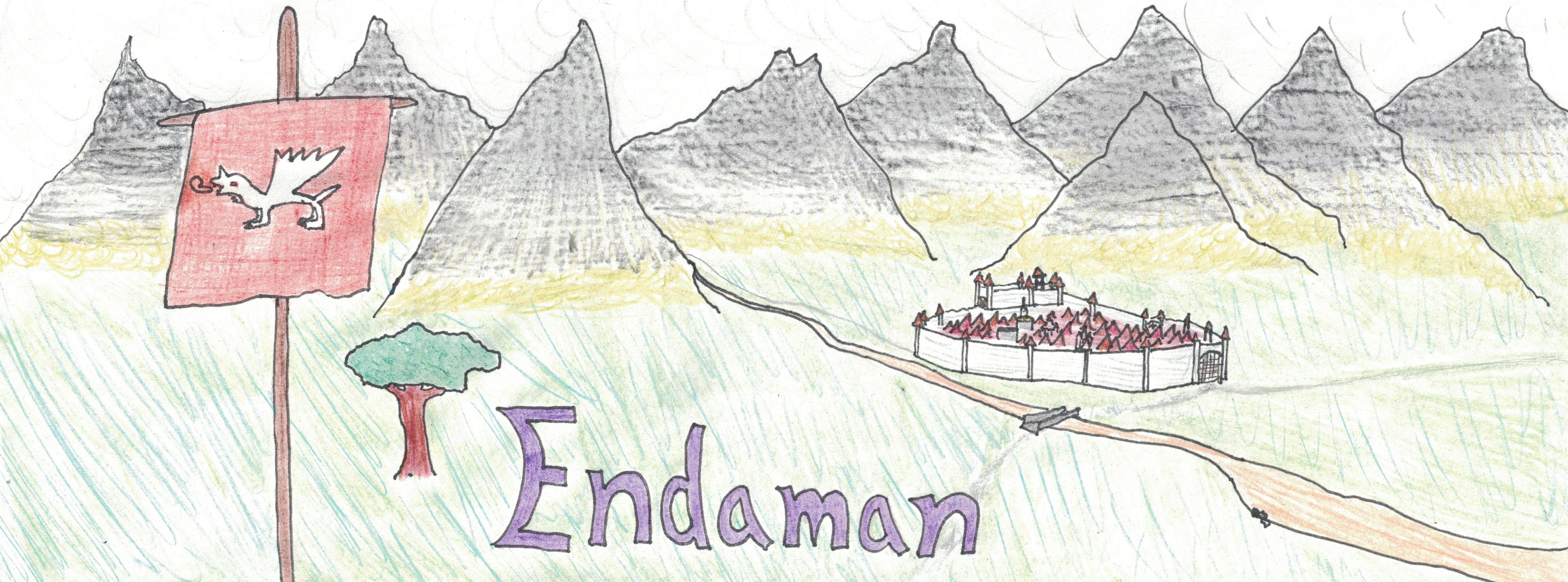The document is separated into four major parts.
Part 1
The first part has a general geography of the region, including major cities, larger towns, and major political boundaries. It makes particular mention of:
Calteri and Algard, now ruined;
Frelg, Antin, and Serasi, the three largest towns in the region; and
Capnaari, the last town on the Anotaash road before the edge of the Vérén Canyon.
It also describes some of the natural plants, animals, and fungi that live within its bounds. A couple of common
Fay creatures that find their way into the forest are also described, but the descriptions are from witness accounts and are incredibly vague.
Part 2
The second part describes the pre-Empire times up until the founding of
Gratic City. Descriptions of various groups of people carving runes in trees and building small villages take up much of this section. All of these people spoke an old version of the
Common Gratic language, although the pronunciation and exact meaning of the symbols is now unknown. Much of it is guesswork, unsurprisingly, and parts of it contradict itself.
Towards the end, the construction of Calteri and Algard takes place, and the cities become the largest powers of the area before the founding of Gratic City. The narrative becomes slightly clearer as the Calterians and Algardians wrote using a variation on the Gratic script and many records were looted following the Triland War.
Part 3
This chapter covers the time period from 1 I until about 100 I . Gratic City doesn't factor into the history of this place until the Triland War in 9 I and 10 I . Up until that point, there are only mentions of conflict and distrust between the two titans of Calteri and Algard. Once the Triland War begins there is a complete record of each conflict and every troop movement on the Gratic side as they quickly and decisively conquered the two cities.
Over the course of the next twenty years, the Empire slowly spread its power over the Deranti Forest, using diplomacy and small shows of force to convince villages and towns to join the Empire. The conquest of
Freeport was the last of these conquests, bringing the Empire to the ocean and giving it a navy for the first time. It briefly mentions that the navy was helpful in conquering the coastal cities of Anotaash, but doesn't spend too much time on it.
During the reign of
Entelia I, the Empire grew to cover the rest of the forest and into
Domiel and Anotaash. At this point, there is little to report beyond the occasional rebellion or bandit problem.
Part 4
The fourth part of the document covers the time period from 100 I to the year of publication. This chapter is easily the smallest, as not much occurs during this time. Various bandits, brigands, and rebels cause trouble in this region, the rebellions becoming harder to quash over the course of the three centuries that this chapter covers.



Comments